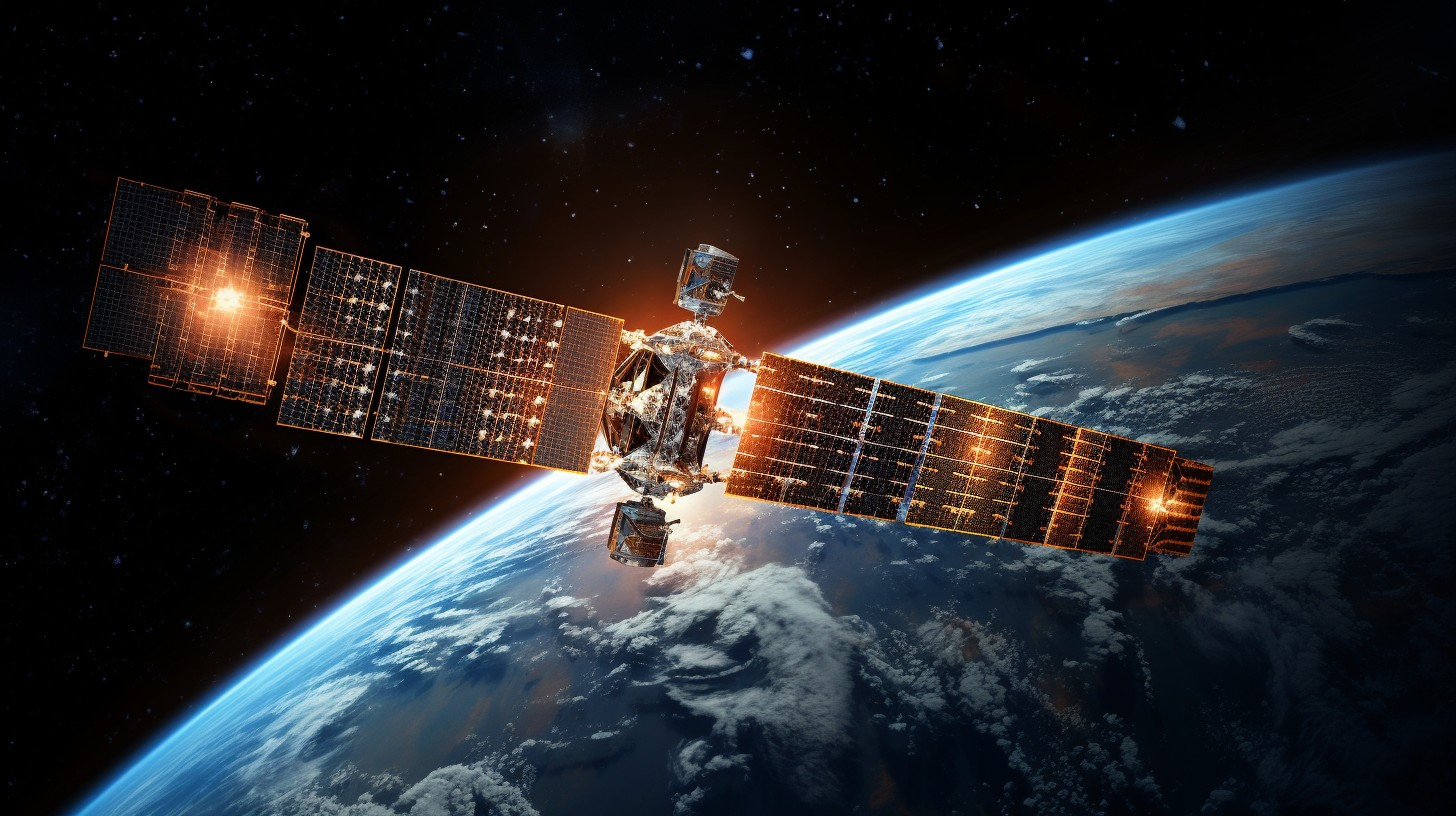Space-Based Solar Power: A Revolutionary Clean Energy Solution
time:2023-10-19 09:21:44 Views:0 author:Jinan Freakin Power Ltd.
Space-based solar power, once a topic for science fiction, is gaining interest as a potential solution to the world’s energy needs. Ali Hajimiri, a professor of electrical engineering at Caltech, envisions a future where thousands of solar panels float in space, wirelessly transmitting massive amounts of energy to receivers on Earth. With recent advancements, this vision is moving closer to reality.
Hajimiri and his team at Caltech successfully demonstrated wireless power transfer in space. Solar panels attached to a Caltech prototype converted electricity into microwaves and beamed them to receivers on Earth, lighting up LEDs and transmitting a detectable amount of energy. This breakthrough marks the first step towards the wireless transfer of usable power from space to Earth.
Space-based solar power has the potential to be a significant source of clean energy. If it can be made to work on a commercial scale, it could contribute as much as 10 percent of global power by 2050. The concept of space-based solar energy has been around since the 1940s, and NASA conducted the first significant study on the topic in the 1970s. However, the prohibitive cost of space launches hindered progress.

Now, with the declining cost of rocket launches, building power stations in space is becoming more feasible. The reduction in launch costs has drastically reduced estimates for space-based solar power. In the past, it was estimated to cost $20 billion for the first gigawatt of power, but now it is closer to $5 billion.
Wirelessly transmitting electrical energy across space using microwave or laser power beaming is crucial for space-based solar power. Microwaves are the prime candidate due to their ability to penetrate clouds and rainfall. However, there are still engineering challenges to overcome, such as beaming enough power to Earth in a usable form.
The scale of space-based solar power structures is also daunting, requiring lightweight and sail-like spacecraft with billions of small transmitting antennas. Additionally, safety and regulatory challenges need to be addressed, including the effects on human health, the environment, and the atmosphere.
Despite these challenges, space-based solar power holds great potential to revolutionize clean energy generation. With continued research and advancements, it could pave the way for a sustainable and environmentally friendly future.




